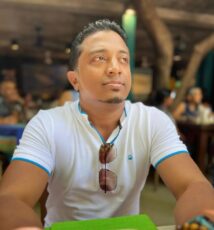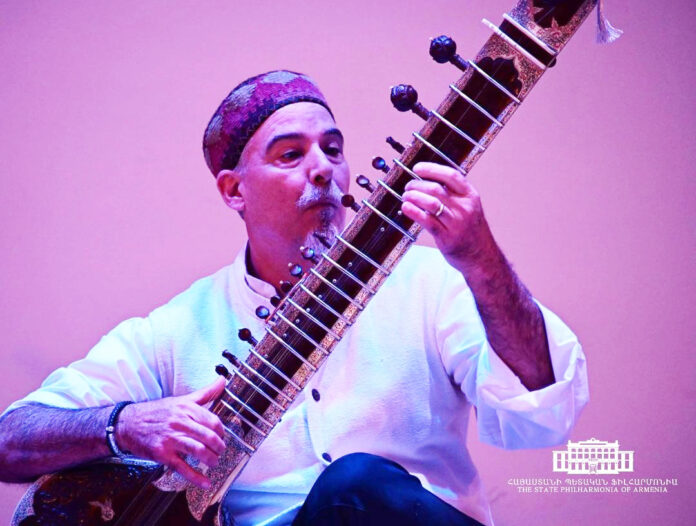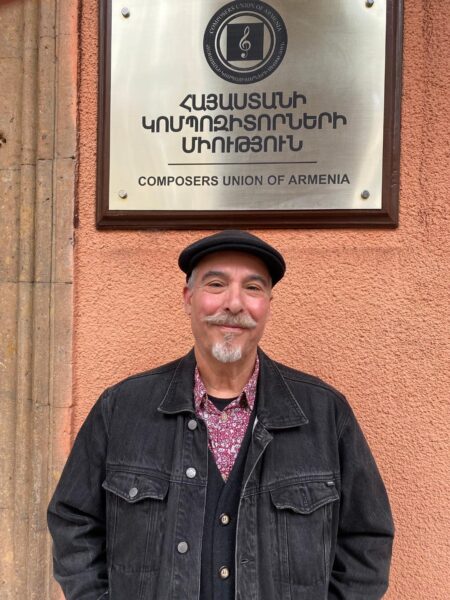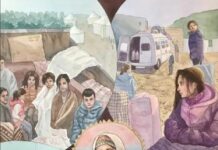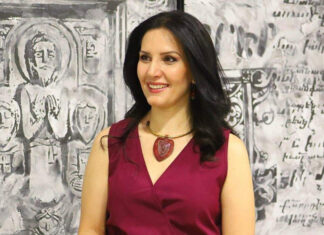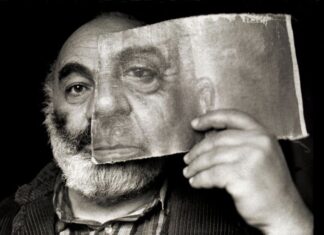YEREVAN/OCEAN SHORES, Australia — Peter Davidian (born in 1958) is an Australian/Armenian composer and sitar player with a musical career extending for half a century. He has studied music from age of eight, and has become proficient for sitar, guitar, harmonium, drumkit, darbuka and tabla. In the 1980s, he studied the sitar and Indian music theory with Ustad Ghulam Qadir Khan of the Jaipur Gharana school in India. He has taken part in numerous musical projects and events, including recitals, film soundtracks, studio recordings and education. Davidian also a composer with more than 10 albums featuring sitar, Indian, Armenian and western musical genres. His most recent albums are “Instrumentalism,” “Artsakh,” “The Armenia Suite” and “Urartu.”
Dear Peter, there are two basic music traditions in India, northern and southern. The specialists say that very rare musicians master both traditions. What tradition do you follow?
My studies of Indian classical music and of sitar, are related to the North Indian system, known as Hindustani music. This style is a combination of Persian Classical Music and the ancient southern Indian system known as Carnatic music. This has suited my own history, as my Armenian family had a long history in New Julfa, Iran (Persia) and then in India, South East Asia, before arriving in Australia after World War II.
As about the point that few musicians master both traditions of Indian music — yes, only a rare musician could accomplish this, as they would have to master the different use of musical phrasing, rhythmic techniques, decoration of notes and understanding of the two systems of Raga. It is also a matter of geography, as Hindustani Raga music is found in the north of India, while Carnatic music is in the south and is a purer form of the ancient Vedic India. A more common situation is Hindustani and Carnatic musicians drawing on certain characteristics to embellish their performance in either style. Pure Carnatic music is usually only found in southern India in areas like Tamil Nadu.
Sitar music is very meditative. I always think that sitar players are very harmonious people – am I right?
Trying to keep a balanced and calm outlook is an attribute we aspire to. In India it is regarded as Nada Yoga, the union to God through sound/music. I have experienced this phenomenon many times in Armenia too. The music of the motherland, the beauty of the mountains and the incredible spiritual state of mind when sitting in ancient places, like Tatev, Geghard, Sanahin, etc. Of course, as a father and musician, who has seven children, staying calm and not becoming upset by daily stresses of life and finances, has certainly been challenging!! As an Armenian, I can become sad when reflecting on the hardships, disasters and wars that have beset our people. But our general optimism, survival instinct and our resolute nature to get on with living are things to be very proud of.
